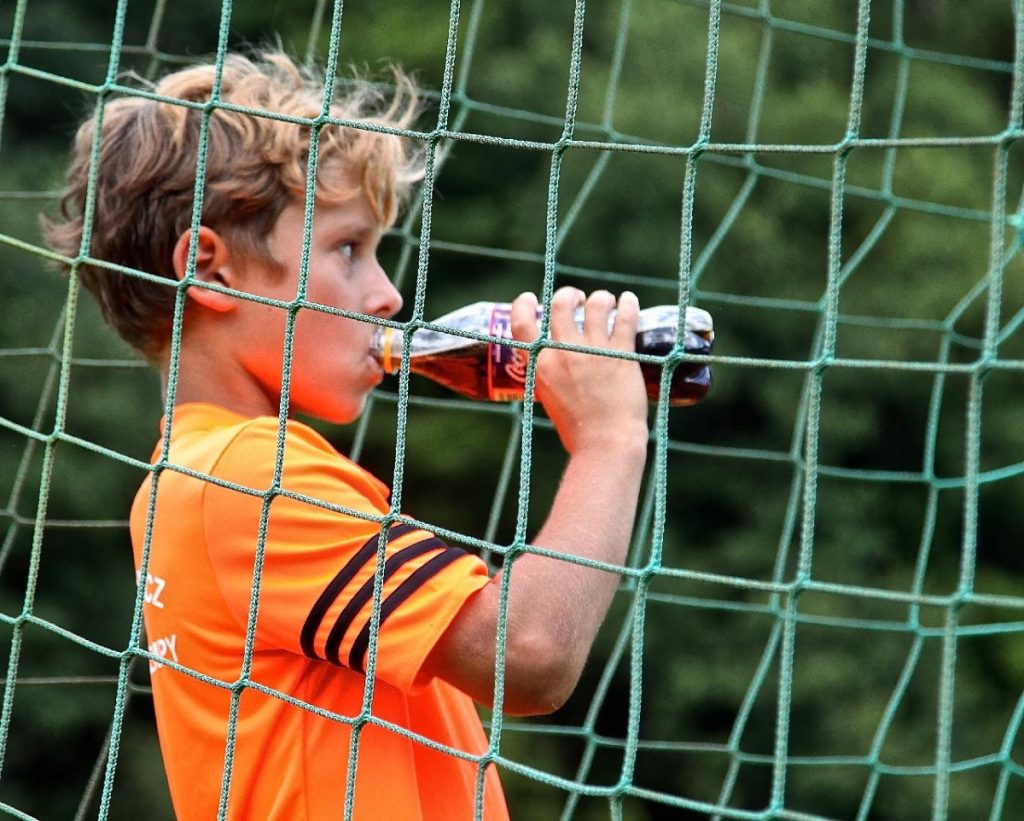
Of all the health crises facing Americans these days, one of the most critical to address is one that is most preventable – obesity.
The typical American diet is full of unhealthy processed foods that have led us to become the most obese nation in the world – and we’re leading our children to follow in our footsteps.
There are a lot of foods we easily recognize as being unhealthy – those full of artificial ingredients and sugars – but some of the hidden pitfalls may surprise you.
Obesity, of course, is not so much looked at as a medical condition in itself – but the danger lies in all the health issues obesity causes, from heart disease, to diabetes, to high blood pressure.
And childhood obesity is becoming a rampant health crisis in the U.S., leading to long-term health issues later in life.
Most parents are well-aware of the dangers of allowing their children access to foods that are nothing but “empty calories.”
Sodas or sugary drinks and, of course, cookies, candy and other “dessert” foods that American families are so fond of. Foods that contain sugars, fats, or oils as their primary ingredients are those in this category.
Many studies have been conducted on the sources of empty calories in children’s and teens’ diets. In general, these calories comprise more than a quarter of the calorie intake of today’s kids.
It has been found that sugary drinks are one of the top sources of empty calories in a child’s diet – and some of these drinks are those parents may unknowingly believe are “healthy.”
Most juices are the primary source of hidden sugar for young children, and many of us have been misled to believe that “100 percent” fruit juice is healthy. Then there are “juice products” that are little more than flavored sugar-water, leading to more confusion.
Sports drinks like Gatorade, iced teas, and even many flavored waters we may give our kids after playing sports or being outside in the heat are also full of sugars.
And then there’s the real surprise – even milk, which we all grew up thinking is so healthy – can be full of added sugars. Then we add flavorings like chocolate to our children’s milk thinking it will help them to drink more of this “healthy” staple of our diets.
It’s not all bad. Milks and juices contain vitamins and minerals, but it is important to keep an eye on sugar content in the products we buy for our kids.
It’s hard to stay on top of all of this as a modern parent. We’re always busy, juggling a million things, and may not always know what our kids are eating and drinking in school or daycare.
For young children, pediatricians state that the best way to cut out the added sugars from their diets is to watch these drinks referred to as “liquid sugar.”
And it’s important to do so, because small children who are given too many of these sugar-laced drinks are more likely to consume large amounts of soda as they get older…
…And soda is one of the top “bad actors” in our modern diets. American adults and children alike consume more soda than anywhere else in the world – and we are suffering the physical (and dental) consequences.
But nutritionists and pediatricians say that a child’s overall diet is what matters. We’re all told this about our nutrition: It’s about moderation.
One of the biggest ways to help teach our children healthy eating habits is to model them from the start.
It’s cute when our young toddler reaches out for our soda and sips through a straw for the first time – but sugar is addictive, and this is where we must avoid the temptation of starting them off with unhealthy habits.
Later on, especially in the teen years, processed and fast foods become more and more a part of our kids’ daily sugar intake.
Frozen snack foods that kids can grab when rushing off to practice or a lesson, ordering pizza or take-out, or that run through the drive-through are easier, yes, but even savory processed foods can contain a great deal of sugar.
And many fast-food restaurants even sprinkle sugar on their French fries – a little-known secret in the name of added flavor!
Nutritionists also recommend a healthier alternative to that weekly pizza delivery or take-out order – make it at home.
By cooking versions of our favorite take-out and delivery foods at home, we can make sure there are no additives or preservatives – and we can bulk up the nutrition with added vegetables and other natural ingredients.
Parents are encouraged to do their research. “No added sugars” can mean a lot of different things when it comes to food labeling.
And sugar comes in many forms with many names we may not recognize – sucrose, fructose, dextrose, demerara, ethyl maltol… there are, in fact, more than 50 varieties of sugars used in the foods we buy!
Everyone loves a treat once in a while, and there’s nothing wrong with that.
But it’s important to be aware from the time our children are young just how many foods we don’t think of as “sweets” actually have high sugar contents.
The key is to offer a healthy diet overall, practice what we preach to our children, and introduce them to a variety of healthy foods from their first bites.
So stop the sugar habit with your kids before it starts and — Bon appetit!
